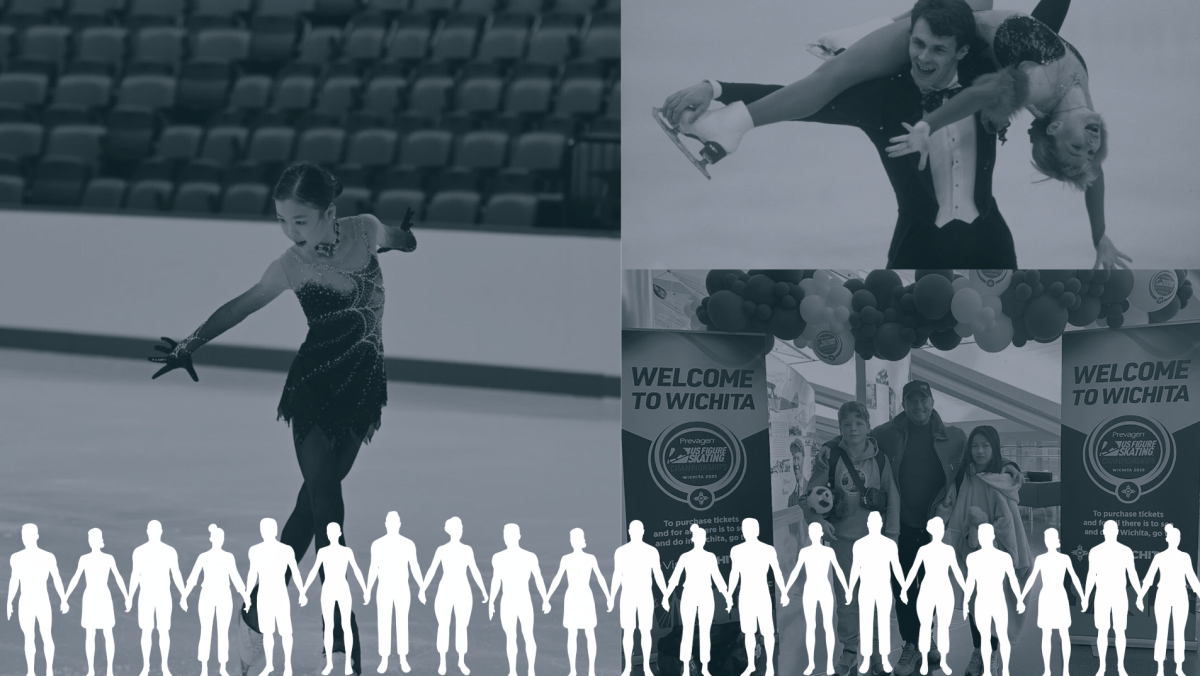TOKYO — Japan’s most punishing earthquake on record and the devastating tsunami it triggered plunged the heart of the densely populated island nation into an apocalyptic scene of blazing buildings, cratered highways, water-borne rubble and frenzied efforts to avert radiation leaks at damaged nuclear power plants.
The death toll was expected to exceed 1,000 once disaster response teams reach the hardest-hit areas and assess casualties, the National Police Agency and Defense Ministry reported Saturday.
The force of the 8.9 magnitude quake, which seismologists said released 1,000 times the energy of the January 2010 earthquake in Haiti, broke the foundations under homes and buildings and opened up chasms in fields and pavement, swallowing cars and shearing off sidewalks and driveways.
More than 100 aftershocks have jolted the island nation since the Friday temblor, including at least a dozen of magnitude 6 or more, said Dave Applegate, a senior adviser at the U.S. Geological Survey.
The earthquake, centered just off Japan’s northeast coastal city of Sendai, was the most powerful since a December 2004 temblor and ensuing tsunami that killed 230,000 in Indian Ocean nations.
The havoc unleashed on Japan just ahead of Friday rush hour continued to mire the island nation in fear, suffering and hardship Saturday. Millions of people were without power, utility officials said, warning that outages would continue through the weekend, and rolling blackouts would persist for weeks ahead.
Four trains carrying passengers along the northeast coast at the time the temblor struck were still unaccounted for, the East Japan Railway Co. reported. Only half of the hundreds reported trapped in elevators were rescued overnight, according to the Land, Infrastructure, Transport and Tourism Ministry.
Key rail lines remained idle for a second day because of damaged track, tunnels and bridges. Service on Tokyo’s vaunted subway system, the world’s busiest with 8 million passengers per day, was sharply reduced pending safety inspections.
Limited air traffic resumed at major airports, including Tokyo’s Narita International, but most were thronged by thwarted travelers marooned when major airlines suspended flights.
At Tokyo’s railway station, hordes of people were making their way home after spending the previous night stranded with friends or family in the capital.
Kenji Higuchi, 43, manager at the radio communications provider Japan Enix Co., said he spent the previous night monitoring and inspecting wireless base stations across Tokyo and spent the night in his office. He had to jostle for 10 minutes with throngs of rail passengers trying to board suburban trains just to get on the platform, he said.
“The images of destruction and flooding coming out of Japan are simply heartbreaking,” President Barack Obama told a news conference at the White House. He said the U.S. aircraft carrier Ronald Reagan was steaming toward Japan to join the U.S. 7th Fleet’s command ship, Blue Ridge, in the massive global relief effort unfolding.
Obama said he had spoken with Japanese Prime Minister Naoto Kan to extend condolences and “offered our Japanese friends whatever assistance is needed.”
At least 45 countries scrambled disaster relief teams, including 68 search-and-rescue units that were awaiting the Japanese government’s direction on where to deploy, said Elisabeth Byrs of the U.N. Office for the Coordination of Humanitarian Affairs. A team of disaster responders sent to New Zealand by Tokyo after the Christchurch earthquake last month rushed back to help their devastated homeland.
The Defense Ministry said about 20,000 Self-Defense Forces troops, 190 aircraft and 25 vessels had been dispatched Saturday to the hard-hit northeastern area around Sendai, where tsunami waves a day earlier churned whole neighborhoods into water-borne debris, crashing through homes and businesses and sweeping trains, trucks and cars into the moving mass of destruction.
Defense Ministry officials were working with the Pentagon on plans to use U.S. naval forces sent to the disaster region to move 250 rescue vehicles into northeast areas rendered unapproachable after waves washed away roads and rail lines.
About 69,000 people were stranded at Tokyo Disneyland and Tokyo DisneySea because of road damage and idled mass transit. Theme park workers gave out blankets, heaters and coats for the visitors forced to camp outside in 30-degree temperatures.
“Rations and supplies are just starting to reach emergency shelters,” said Cabinet Secretary Yukio Edano, dressed in the light blue jacket that identifies disaster relief workers.
Images from the coastal city of Soma taken from an NHK TV network helicopter showed trees that had been uprooted by the tsunami when it swept inland and then dragged back to shore when the waters receded.
Video taken over Kesennuma, in Miyagi Prefecture where the quake was most destructive, captured a Self-Defense Forces helicopter swooping low over a flooded residential neighborhood to pluck a survivor from one of the few rooftops still above water.
In Iwanuma city, survivors taking refuge on top of Minamihama Chuo Hospital waved homemade flags and umbrellas to signal for help. All around them were crushed debris from buildings, and water.
At Sendai airport, a small private jet appeared to have been carried by rushing waters and left partly buried in water-logged rubble. Most of the runway was under water.
Work crews had labored through the night to dig out trucks and cars that had fallen into chasms that opened in roads and highways. At a Machida district shopping center in Tokyo, the ramp of a parking lot had collapsed, and work crew with cranes were searching for people trapped in the wreckage. One person pried from the rubble was unconscious and in critical condition.
“More than 90 percent of the houses in three coastal communities have been washed away by tsunami,” a municipal official in the town of Futaba told the Kyodo news agency. He said from his vantage point on the fourth floor of the town hall, “I see no houses standing.”
In Fukushima Prefecture, a state of emergency was proclaimed after the 2:46 p.m. Friday earthquake knocked out a backup power system, depriving the Oganawa nuclear reactor facility of the energy needed to cool rising temperatures in the fuel rod housing.
Although the temperature was running 50 percent over normal, at about 750 degrees Fahrenheit, it remained well below the 2,200-degree design limit for preventing “cladding failure,” said Margaret Harding, a veteran nuclear industry engineer familiar with the afflicted reactor from her work with General Electric.
“Remember, these are ceramic pellets. It takes a lot of heat to melt them,” Harding said of the nuclear fuel rods.
Officials of Japan’s Nuclear and Industrial Safety Agency said it planned to release accumulated vapor from the two reactors affected by the quake at the Oganawa facility but insisted that the “slightly radioactive” emissions posed no risk to people or the environment. Radiation levels inside the overheated reactor housing were 1,000 times normal, the agency said, but only eight times normal background at the plant’s main gate. Experts explained that the steam carries low-level radiation that rapidly dissipates.
Tens of thousands of people living within a seven-mile radius of the nuclear plant were evacuated as a precaution, Cabinet Secretary Edano told reporters.
Prime Minister Kan visited the stricken Oganawa facility in a tour of the disaster areas. He vowed to “make whatever decisions need to be made” as he boarded a helicopter for the aerial tour.
Japan’s nuclear facilities have survived many earthquakes. But the Kashiwazaki-Kariwa facility, the world’s largest, was forced to close for two years in 2007 after being hit by an earthquake of greater force than the plant was designed to withstand. And Japan has a record of cover-ups when it comes to nuclear accidents. In 2007, the operators of the Shika nuclear plant acknowledged they had failed to report a 15-mimute uncontrollable nuclear chain reaction eight years earlier. Another operator had 17 plants temporarily shut down in 2003 after admitting it falsified safety inspection reports.
———
Magnier reported from Tokyo and Williams from Los Angeles.
———
Special correspondent Kenji Hall in Tokyo and Times staff writers Bruce Wallace and Brady MacDonald in Los Angeles contributed to this report.
———
(c) 2011, Los Angeles Times.
Visit the Los Angeles Times on the Internet at http://www.latimes.com/.
Distributed by McClatchy-Tribune Information Services.
—————
GRAPHICS (from MCT Graphics, 202-383-6064): 20110311 JAPAN QUAKE, 20110311 Largest quakes








